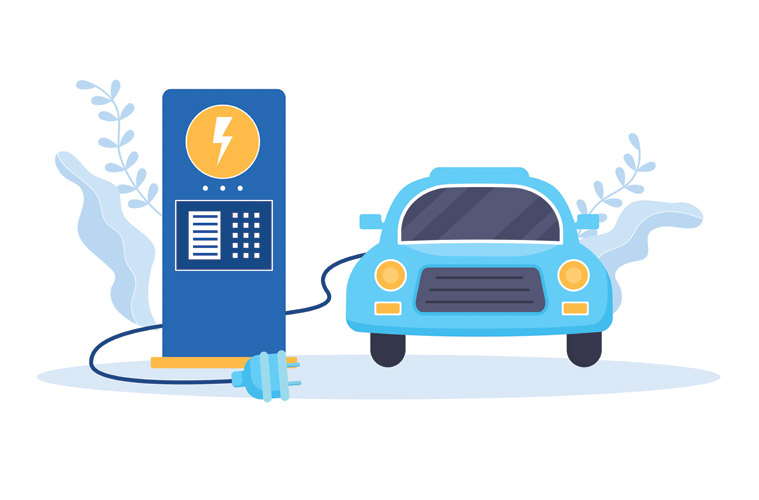
Electric vehicles (EVs) and hybrid vehicles are becoming increasingly popular as technology improves and concerns about climate change and air pollution rise.
EVs are powered solely by electricity, while hybrid vehicles use both a traditional internal combustion engine and an electric motor. The electric motor in a hybrid vehicle assists the internal combustion engine, allowing the vehicle to use less fuel and emit less pollution.
There are several types of hybrid vehicles, including:
• Mild hybrids, which have a small electric motor and battery that assist the internal combustion engine.
• Full hybrids, which can run on either the electric motor or the internal combustion engine, and can also charge the battery using energy from braking.
• Plug-in hybrids, which have a larger battery that can be charged by plugging the vehicle into an electric power source. These vehicles can run on electric power alone for a limited distance before switching to the internal combustion engine.
EVs have several advantages over traditional gasoline-powered vehicles, including:
• Lower operating costs, as electricity is cheaper than gasoline.
• Zero emissions, as they do not produce any tailpipe pollution.
• Quieter operation.
Hybrid vehicles also have several advantages over traditional gasoline-powered vehicles, including:
• Improved fuel economy, as the electric motor assists the internal combustion engine.
• Reduced emissions, as the electric motor can be used to power the vehicle for short distances, reducing the use of the internal combustion engine.
• Regenerative braking, which captures energy from braking and uses it to charge the battery.
However, there are also some limitations to EVs and hybrid vehicles, including:
• Limited driving range on a single charge for EVs.
• Higher upfront costs, as the batteries and electric motors are more expensive than traditional internal combustion engine components.
• Limited availability of charging infrastructure.
Overall, EVs and hybrid vehicles are becoming increasingly popular as technology improves and concerns about climate change and air pollution rise. They offer several advantages over traditional gasoline-powered vehicles, including lower operating costs, zero emissions, and improved fuel economy. However, there are also limitations to these technologies, including limited driving range, higher upfront costs, and limited availability of charging infrastructure.




